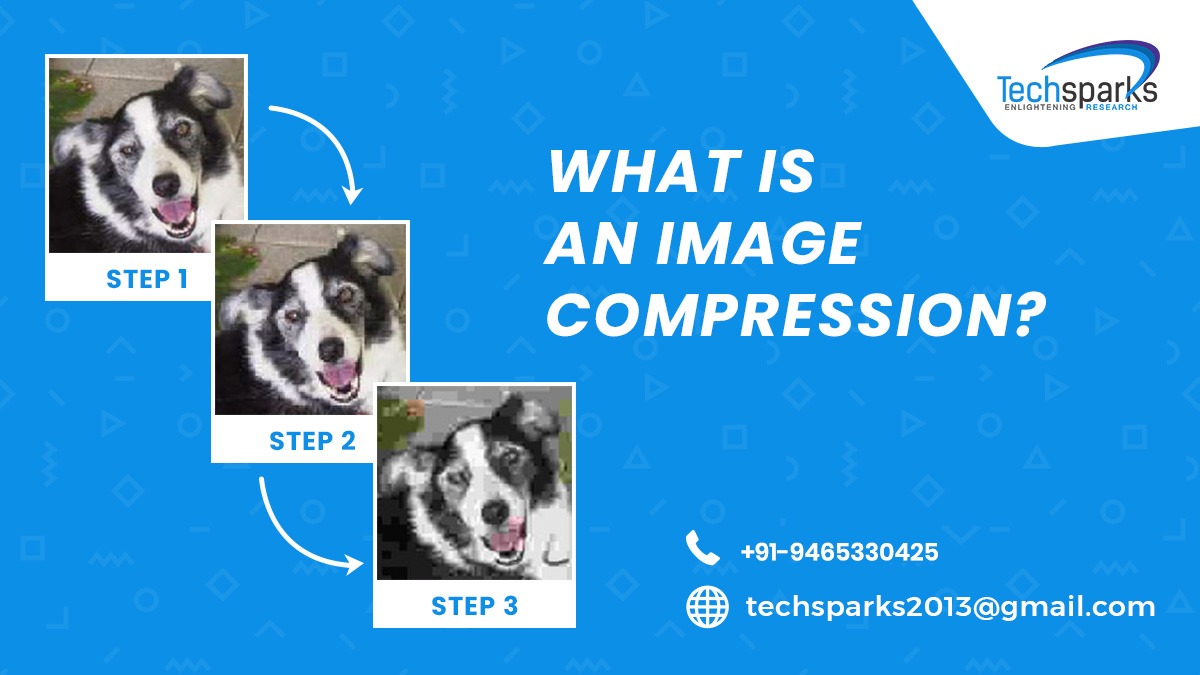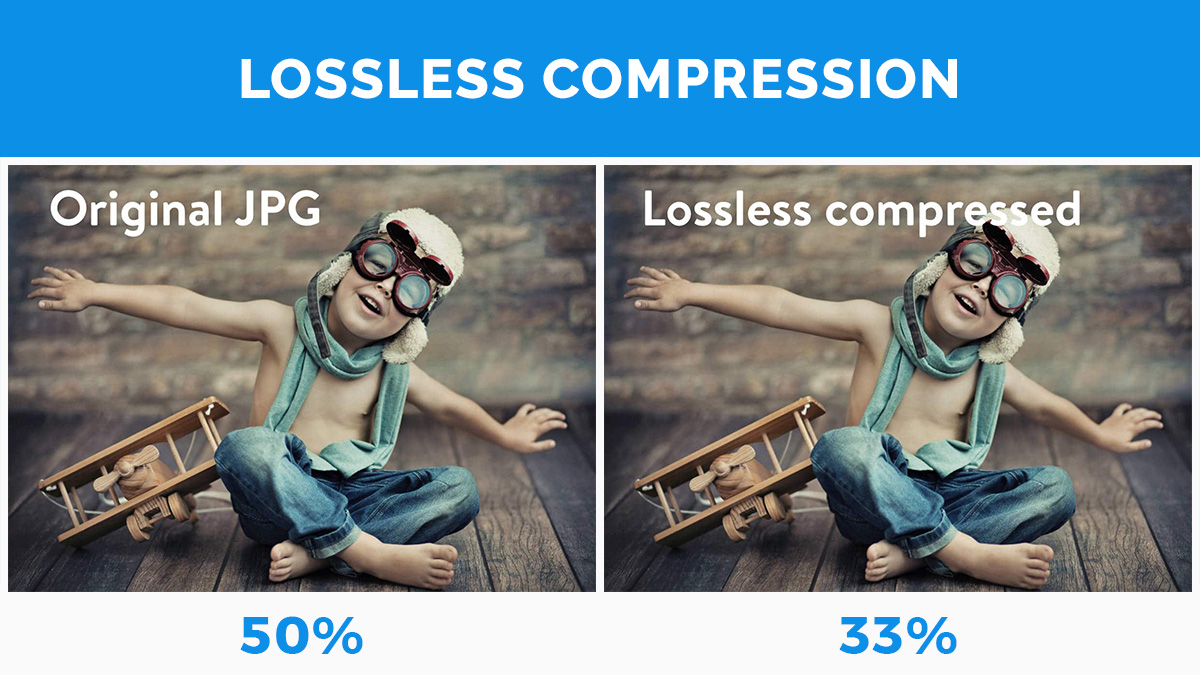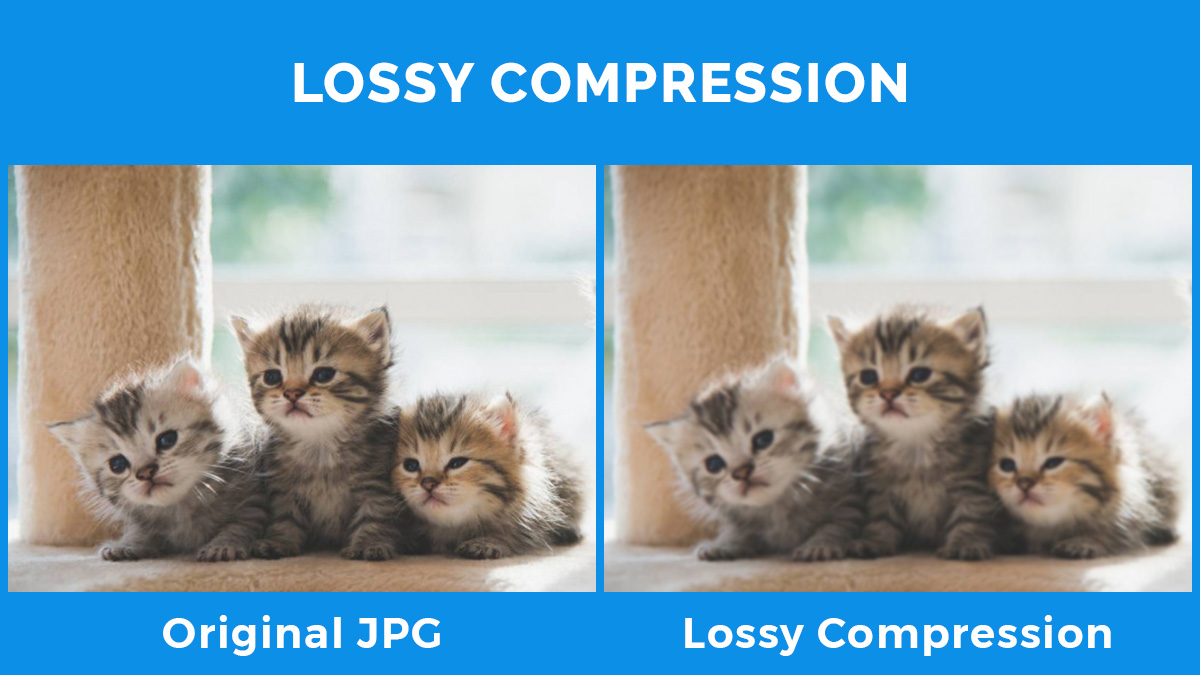What is an Image Compression?
When an image file is compressed by encoding and transformed into a file which occupies minimal space in comparison to the original file. It is defined as a compression technique which helps to decrease the size of an image file without hampering its quality.
What is the need of an Image Compression?
By image compression, a user is able to the desired size of an image file by reducing its size in bytes without putting at stake its quality. It ultimately generates more space to store more images in a fixed amount of memory space. Different methods are available to compress the images according to the requirements.
Compression Methods
Various methods have been developed to solve the problems related to Digital Imaging in Image Processing. Compressions methods are classified into Lossy or Lossless compression. Lossy compression allows degradation of a file to an acceptable amount and thus allows compression up to 50:1 or it can be increased to a certain number. But a user cannot recover its complete original data. In contrary to Lossy, Lossless helps in full data recovering but its compression ratio is 2:1.
The medical field is greatly dependent on Lossless compression due to its medical applications. As it does not degrade the original image and facilitates accurate diagnosis of the ailments.
Lossless compression
Lossless compression is a technique of data compression algorithms which facilitate to recover complete data from the compressed data. Opposite to Lossless, Lossy compression allows recover only a part of the original data, however, this generally enhances compression rates.
Lossless compression is used to keep up the similarity between the original data and decompressed data such that there are zero deviations. Different file formats, like PNG and GIF make use of Lossless compression but others like TIFF and MNG use both Lossless or Lossy methods. For archiving or production purposes, Lossless audio formats are put into use, on the other hand, smaller Lossy audio files are usually used on portable players.
Lossy compression
Lossy reduces the file size permanently by removing information most importantly redundant information such that it cannot be recovered in future. In the uncompressed state, may be a part of information present that does not come into notice of a user. It is widely used in video and sound because a part of information lost is generally not detected by a viewer. For photographs and other still images, JPEG is a preferred file format that has only Lossy compression. With JPEG compression, the creator can make a decision on how much loss to bring in and can strike a balance between file size and image quality.
Properties of Image Compression Methods
Following are some of the properties of Image Compression Methods:
-
Scalability – Quality of reduction achieved is referred to as the scalability in Image Compression. This scalability is accomplished by controlling the bitstream file. Scalability is used to preview images when these are being downloaded. The types of scalability employed in image compression include Quality Progressive, Resolution Progressive, Component Progressive.
-
Meta information – Meta information is the information about the compressed image which can be used to categorize and browse other images. The information can be of color, texture or copyright.
-
Interest Coding – An image consists of certain parts. A part of the image may be encoded with higher quality than the other combined with scalability.
-
Processing Power – Image Compression requires certain image compression algorithms which take a different amount of processing power high or low to encode and decode.
Image Compression Techniques in Digital Image Processing
Following are the common Image Compression Techniques in Digital Image Processing:
- Fractal
- Run-length Encoding
- Chroma subsampling
- Transform Coding
Fractal
Fractal Compression is a lossy Image Compression technique based on fractals. A Fractal is an abstract object which is used for simulating naturally occurring objects. This technique of image compression is best suitable for natural images and images containing textures. This technique works on the fact that parts of the image have a resemblance to other parts of the image.
Run-length Encoding
Run-length Encoding is a data compression technique to encode a large number of repeating items. In this technique, only one of the repeating item is sent from the run while a counter checks how many times this item is repeated.
Chroma subsampling
Chroma subsampling is an image compression technique that reduces the color information of a signal to favor the luminance data. This will not affect the picture quality but will cause the reduction in bandwidth. This technique is mostly used in video encoding. The video signal is split into two different features – luminance information and color information.
Transform Coding
Transform Coding is a data compression technique used for audio signals or photographic images. It is a lossy compression technique in which lower quality copy of the original image is generated and it enables better quantization.
These were the types of image compression techniques.
Types of redundancies in digital images
Following are the basic data redundancies in digital image compression:
Coding Redundancy – This type of redundancy is related to the representation of information which is illustrated in the form of codes.
Inter-pixel Redundancy – There are two types of redundancies under it:
-
Inter-pixel Spatial Redundancy – This type of redundancy occurs due to the interconnection between the adjacent pixels in an image.
-
Inter-pixel Temporal Redundancy – It is the statistical interconnection between the pixels from consecutive frames in a video sequence.
Psychovisual Redundancy – This type of redundancy occurs as a quantitative analysis of every pixel cannot be done by human perception.
Applications of Image Compression
Following are some real-world applications of image compression:
- Television Broadcasting
- Digital Cameras
- Satellite Imagery
- Digital Communication
- Military Communication
- Magnetic Resonance Imaging(MRI)
- Teleconference
- Remote Sensing through satellites
This was all about Image Compression. It is a very good topic for research in Digital Image Processing. Thesis guidance can be taken on this topic from experts having experience in this field. Get in touch with Techsparks if you need a guide to image compression for thesis and research. Contact us on this number +91-9465330425 or email us at techsparks2013@gmail.com for any type of thesis help on image compression.






Leave a Reply